How Long Do Paint Fumes Stay In Your System?
All you need to know about actions that should be taken if you inhale paint fumes
When you decide to start some painting project at home, it’s not only important to prepare all the tools and paints needed. it is also essential that you make the working space as safe as possible for yourself and your family members if you don’t live alone.
Paint fumes can be harmful to human health and the least harmful effect you may experience is a headache. But if you are exposed to paint fumes long enough (e.g. if you are a professional painter), you might feel much worse, experiencing such symptoms as migraine, nausea, and others.
In this article, we will tell you how long paint fumes can stay in your body if you inhale them and what to do after inhaling paint fumes. In addition, we will explain how you can get rid of heavy paint fumes after you finish your painting project at home.
Like that, you will know what to do if you inhale too much. Also, this information will be helpful for those who are going to move into a newly painted home. Also, we will tell you what exactly makes paint harmful to your health.
How Long Do Paint Fumes Last In Your Body?
After you paint a room, fresh paint fumes will be actively affecting your health for 1 or 3 days after painting. This is why, before you move into a newly painted space be it a room or a house, it is recommended that you wait for at least 72 hours. This amount of time will be enough for the paint to dry up completely, and for the fumes from the paint to fade away.

At this point, some of you may say that you like how paint smells and you never feel bad after inhaling the fumes. But believe us, as much as you enjoy the odor of the paint, it is safer for you to stay away from it for a while. As you probably know, paints consist of various chemical components, and most of these chemicals can have negative effects on the human body and health.
Inhaling paint fumes is hazardous to human health and it has been medically proven. That is why the 72-hour waiting gap is necessary! It allows the effect of the paint fumes to be diminished. Here are some reactions that paint fumes can cause:
- Lightheadedness
- Irritation in the throat
- Watery eyes
- Nausea
But what exactly causes such symptoms, you may be wondering? This is what we are going to talk about next.

Elnur_ via VistaCreate
Table of Contents
What Makes Paint Fumes Harmful For Your Health?
As many of you probably know, paints contain volatile organic compounds that are also known as VOCs. These compounds are exactly what paint fumes are made of and they are also responsible for the harmful gases that we inhale when we are painting a room.
Of course, paints with high VOC levels are banned, this is why most of the paints available in stores have low or zero VOC levels. But even if you use paints with low VOCs, frequent exposure to these compounds from paint fumes will be accumulating over time.
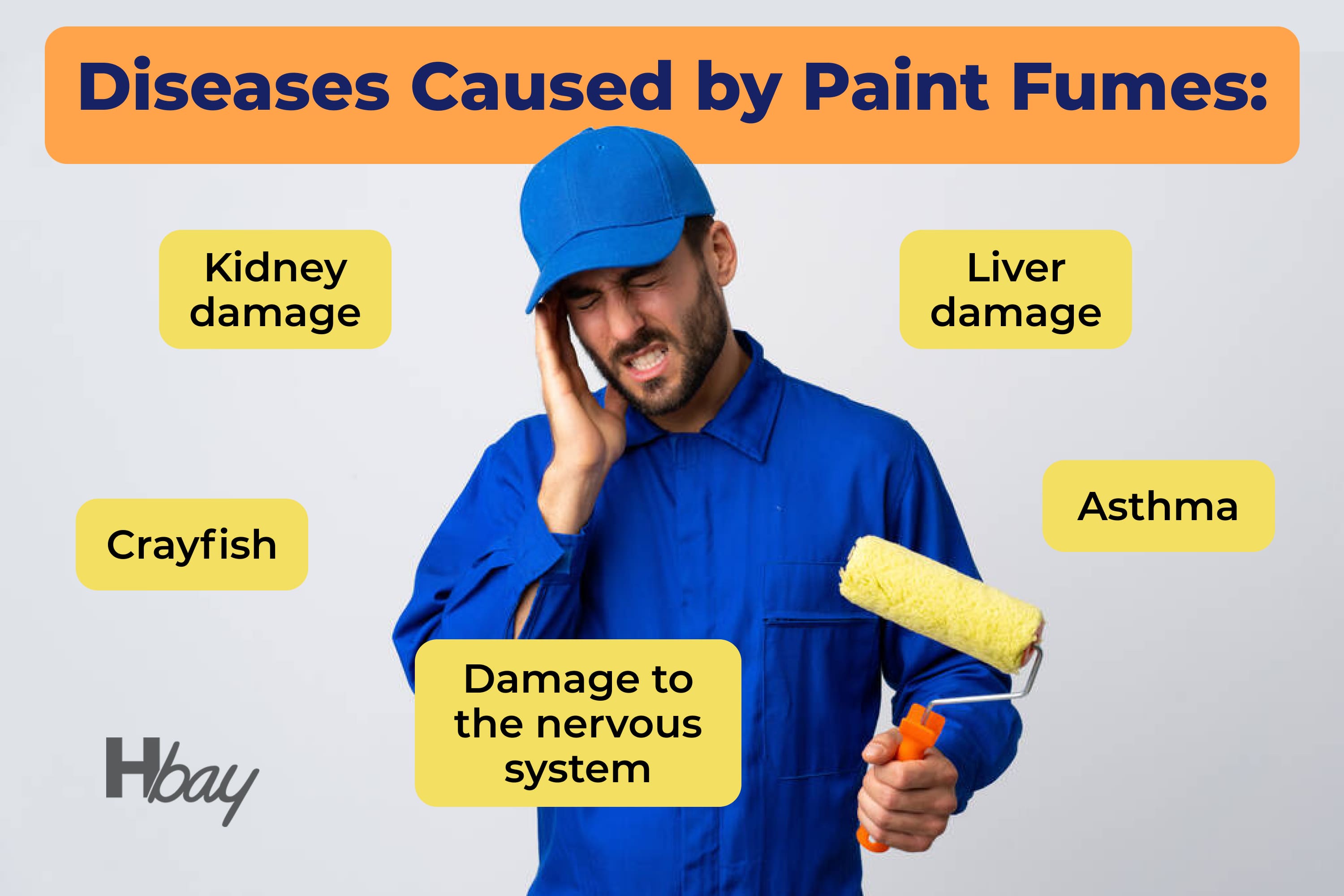
housekeepingbay.com
As a result, you may find certain chronic health issues like:
- Cancer
- Kidney damage
- Liver damage
- Asthma
- Nervous system damage
Of course, when folks realize how harmful paints can be even if they contain low levels of VOCs, they want to know what can be done to protect themselves from these chemical fumes. Luckily, there are a few simple steps that you can take to keep yourself and your family members safe from harmful paint fumes.
And of course, if you work with various paints often, remember to check and understand the components of the paint you are purchasing. If you do not have experience in painting, you should go for paints with little or zero VOC content (you can easily find it out by reading the label on the paint can). Such paints have reduced paint fumes that can affect your health.

luismolinero via VistaCreate
What Do You Do If You Inhale Paint Fumes?
The most common and frequently asked question that comes from people is what to do if paint fumes are inhaled. And you should not think that it’s only necessary for those who work with paints regularly like artists or painters! Even if you use interior or exterior paint for some minor painting projects at home, you should know what to do if you inhale its fumes.
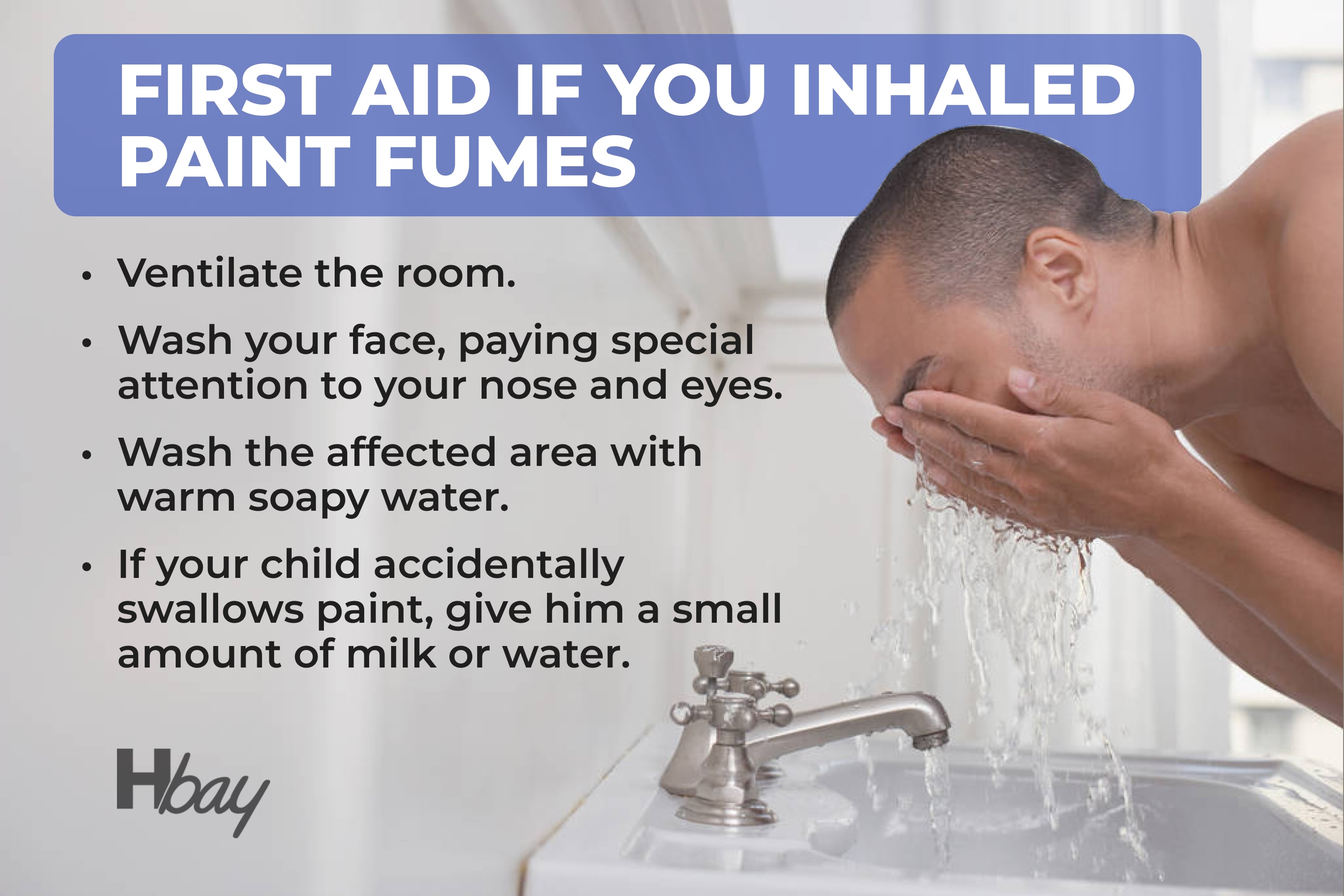
housekeepingbay.com
The actions you need to take depend on how much fumes you inhaled. If it was a small painting project and you didn’t use a lot of paint, you can simply open the window and the doors in the room that was painted to ventilate it. Also, you can turn on your ventilation system to speed up the process.
But if paint exposure was massive (like when you paint the entire room), you might want to use additional precautionary measures that we share with you below. By the way, some of them will be handy in case you or your family members were affected by paint somehow else.
- If you inhale paint fumes, again, ventilate the room since you need to get rid of the fumes as soon as possible!
- Wash your face, paying extra attention to your nose and eyes! You need to get rid of the fumes that might set on your skin
- If there is paint on your skin, wash the affected area thoroughly with soap and warm water
- If paint got in your eyes, rinse them with running water for 15 to 20 minutes. Afterward, rest your eyes by keeping them closed for about 15 minutes. If you experience pain or problems with your vision, seek medical attention!
- If your child accidentally swallowed paint, give it a small amount of milk or water while watching for symptoms of stomach upset like nausea, vomiting, or diarrhea. If needed, call Poison Control at 800-222-1222
- if you feel dizzy or lightheaded, immediately seek fresh air and call Poison Control at 800-222-1222!
With these tips, you will be able to keep yourself and your family safe in a freshly painted home.

luismolinero via VistaCreate
What Gets Rid of Paint Fumes Fast?
Naturally, you may now be wondering how you can get rid of paint fumes at all so that you avoid the need of using the protective measures we shared with you above.

The most effective (and the simplest) way to get rid of paint fumes quickly is by properly ventilating the painted area. Also, you can bring the danger down by buying paints with low VOC concentrations. See, these paints not only contain fewer chemicals but also have a mild smell, and their fumes will fade faster.
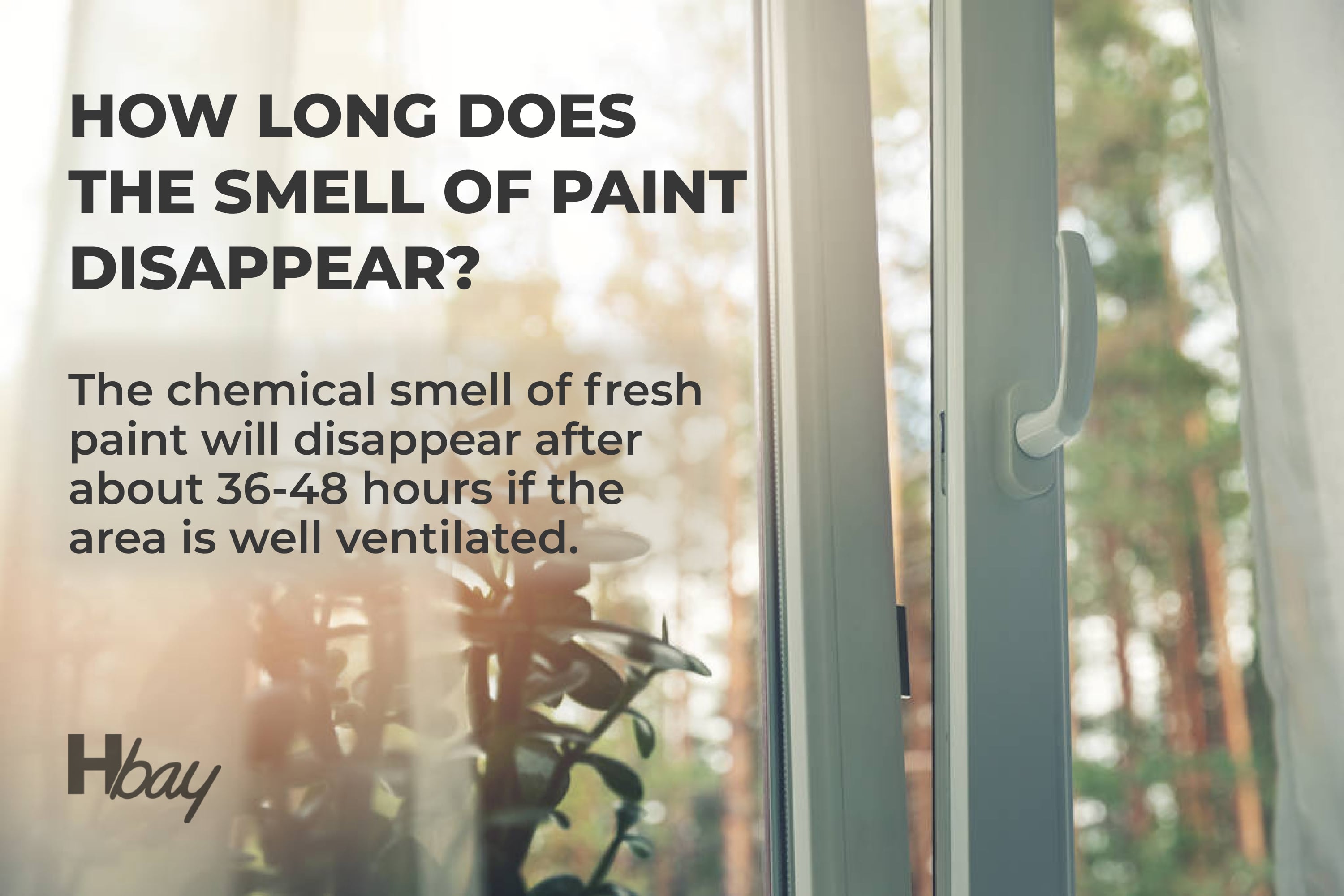
housekeepingbay.com
But even though thorough ventilation is one of the most effective ways to get rid of paint fumes, there are other methods that work the same well if you need to get rid of paint fumes within a short period of time:
- Baking soda can absorb paint fumes. Simply place small bowls with it around the painted area. After 24 hours, the smell of paint will be reduced, and you can dispose of baking soda afterward
- The use of an air purifier also helps to get rid of the paint fumes. You can turn it on while painting, enabling your air purifier to reduce the fumes in the air.
- Opt for using low-VOC paints. The fumes from low-VOC paints will not be so strong
Ventilate your freshly painted room properly to get rid of paint fumes. To speed up the process, use the high-velocity floor fan
With each of these methods listed above, you will be able to get rid of heavy paint fumes in a room effectively and quickly.
How to Minimize Exposure to Paint Fumes?
If you are going to paint your house or apartment, you should keep in mind some practices that you can follow in order to reduce the risk of exposure to paint fumes:
- Make sure you use indoor paints since they generate less harmful fumes or VOCs
- Read safety information on the product label carefully, paying attention to any warnings, first-aid information, etc.
- You may want to use a respirator to lower your risk of inhaling VOCs
- Always paint in an area that is well ventilated
- Consider using a box fan in the window to help direct the flow of the air out of the room
- Take frequent breaks to allow yourself to get some fresh air
- After painting, keep windows open for two to three days to allow paint fumes to exit the room
- Close any leftover paint containers tightly to prevent vapors from leaking into the surrounding area
These simple tips will help you not only make the painting process safer but also avoid any unpleasant aftermath on your health when you finish the project and let the room dry.
So, now you know more about the amount of time needed for interior paint fumes to evaporate. But also, you learned why paint can actually be harmful and what symptoms show that you inhaled too much of its fumes. In addition, we explained what steps to take should this happen to you in order to minimize that harmful effect those fumes might have on your health!
Finally, you are now aware of a few useful tips and recommendations that will allow any homeowner to choose and use paint properly and safely! You know how to prevent massive paint fumes exposure and where to call if you have really bad symptoms after inhaling too many fumes while painting.

luismolinero via VistaCreate
Ever wished paint sampling was as easy as sticking a sticker? Guess what? Now it is! Discover Samplize's unique Peel & Stick samples. Get started now and say goodbye to the old messy way!
Get paint samples




Frequently Asked Questions
⭐How long do vocs last after painting?
VOCs emitted from paint dissipate overtime, but this process can take a while. Usually they disappear within the first six months after application.
⭐How long does it take for paint smell to go away?
The chemical smell of fresh paint will likely be unnoticeable in about 36-48 hours if you air the room thoroughly.
⭐Do oil-based paint fumes last longer than latex-based paint fumes?
The fumes from oil-based paint can last for up to two months. Latex paint fumes subside noticeably after two to three days. However, it can take fourteen to twenty-four weeks for paint fumes to evaporate completely.
5 thoughts on “How Long Do Paint Fumes Stay In Your System?”
Leave a Reply

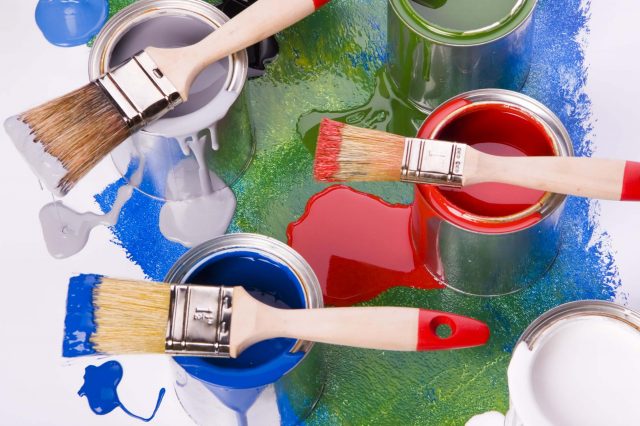
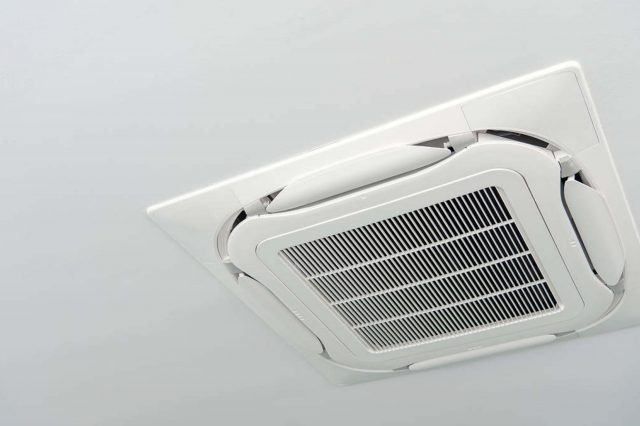
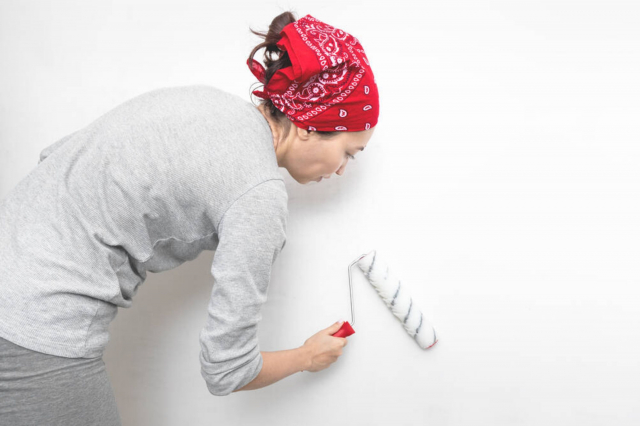
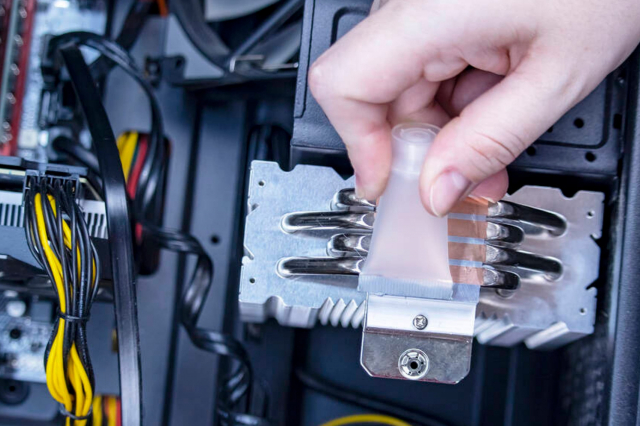

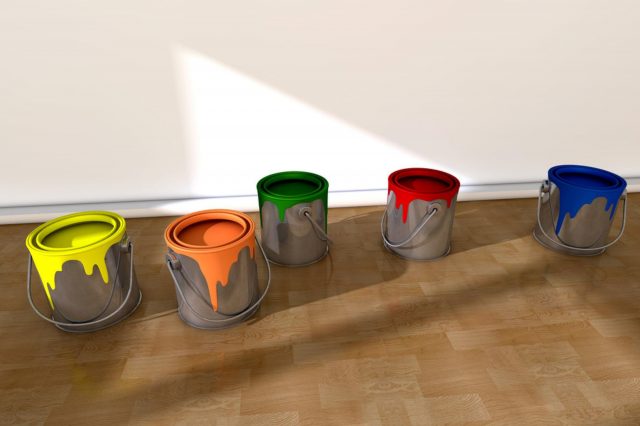

I got my room painted with a los voc premium paint and it’s been two weeks and it still starts smelling the moment I close the window or when it’s humid. I haven’t been occupying the room but I still developed a constant running and dry nose. I don’t know what else to do.
Is it safe to sleep in a room that was painted a day ago? I almost feel no smell in it so maybe it’s ok to stay there?
I’d not recommend you sleep in a freshly painted room for 2-3 days after you paint it. You might not sense the smell simply because your nose got used to it. But the VOCs are still in the air. Better let the room stay empty for a couple of days more.
Can exposure to paints or their fumes lead to an allergic reaction? I often notice that I start sneezing or have running eyes when I’m painting.
Exposure to strong paint fumes can trigger conditions such as asthma, for example. Also, high levels of a VOC called propylene glycol lead to a greater likelihood of conditions, such as asthma, eczema, and rhinitis. I guess you should ask your doctor about it and get examined if needed.